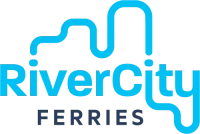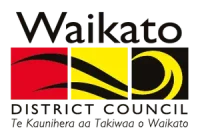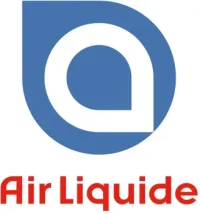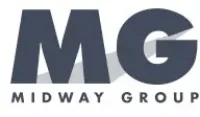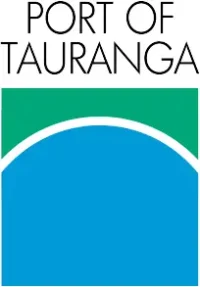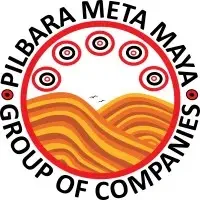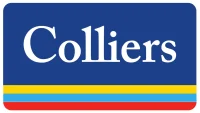Make sure your lone workers are protected
with the most reliable network
Establishing the network saturation of the areas your Lone Workers are operating in is imperative for a duress solution to deliver. The GPS location and panic may always work, but if there’s no network to carry the signal out, nobody can respond.
A cell based duress device for staff who are regularly out of cell cover is pointless. Yes the GPS will always work while the device can see the sky, but if there’s no cell network to carry the alert to a responder, it’s dangerous to even have them in use.
If your Lone Workers are out of cell cover more than 10% of the time (or whatever percentage you deem to be unacceptable risk), they may need a satellite or hybrid solution. Hybrid solutions such as G7X will still work if staff go indoors, however a pure satellite solution such as inReach from Garmin, will not work inside. If the inReach is used, we can put other processes such as check ins in place to mitigate this risk.
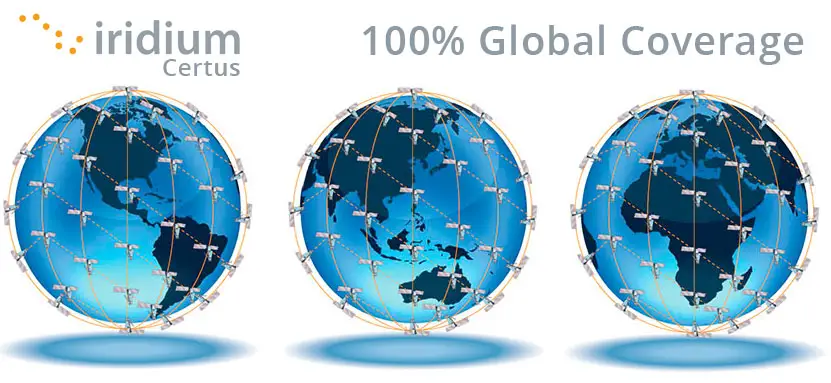
We’ll ensure the safety of your people with Iridium, the only network that ensures your workers are protected in any environment.
Some of the things you need to be aware of to ensure your workers are protected by the most effective network:
While GPS location always works provided you’re in view of the sky, you need a network to actually send the information to the server and for communication. It’s a challenge in some areas and with some roles to exactly define how much time a worker might spend outside of cell cover.
There are many areas of New Zealand where once you leave the city centre, you’re quickly in patchy areas. The best place to start is to simply ask your people if they find they’re often working in black spots. If they’re actually conducting business out of cell cover, is a different consideration from driving through patchy areas.
Driving in NZ, particularly in some areas, is definitely high risk but if it’s occasional driving during day time, versus after hours and a large part of the job, that’s a different consideration.
Many of our Regional council clients have opted for iridium based solutions so that they know 100% that their staff are always able to communicate and raise an SOS. We have other clients who have cell based pendants allocated for staff for their day to day use, but a pool of shared satellite devices for those times they know they’re going to leave cell cover.
You may also have staff who need protection and are working in vast indoor spaces (warehouses/roof spaces etc) or in multi storeyed buildings. GSP cannot determine where in a building you are. Wifi assist helps, but it’s not that reliable. The most reliable method is to use indoor locating beacons on every floor or in every corner of the building so that when an SOS is raised, it sends us the address of where your worker is, along with the closest beacon.
The Guardian Angel team have templates we can provide you with to get you started on asking the right questions the right was to help you figure this out.
The only satellite network you should be relying on for Lone Workers is iridium. It’s the only satellite network with a large number of satellites (67) and it has forwarding technology. This means if the satellite that receives the SOS can’t see the earth station, it will forward it to one that can. Good devices such as inReach and G7X will also continue to send the signal until it’s confirmed as received by the satellites. And the device will confirm to the user that the alert has been received. This is a vital function for workers who are alone or in remote locations to have Peace of Mind that help is on it’s way.
Inferior satellite devices with just a one push SOS button and no real communication or confirmation to the Lone Worker that the alert has been received, and on other satellite networks with no forwarding technology should not be relied upon for Lone Workers. Additionally they don’t track, so if someone is missing, you don’t know where to start looking unless they’ve been able to successfully raise the alarm. We hear of constant failures with these recreational type devices.
Our information paper explains the differences between PLB/EPIRB/SPOT devices versus robust iridium communication/SOS devices.
Vehicle GPS solutions are not a health and safety solution, unless they have impact/roll over alerts and iridium communications if your worker is spending time out of cell cover. If they don’t have iridium connectivity and the driver is out of cell cover, all data is collected and sent once the vehicle is back in cell cover. So it’s of little use if something happens while out of cell cover, or you’re trying to locate someone who is not in cell cover.
Monitoring of alerts from vehicle solutions is just as critical as our lone worker monitoring. We can usually integrate a pendant and the signals from your providers servers to our response software so that we can safely monitor alerts. We do have clients who rather than upgrading their vehicle solution, puts a Garmin inReach device in a powered mount in each vehicle so that communication and location anywhere is possible.
Delivering Lone Worker solutions for leading brands
